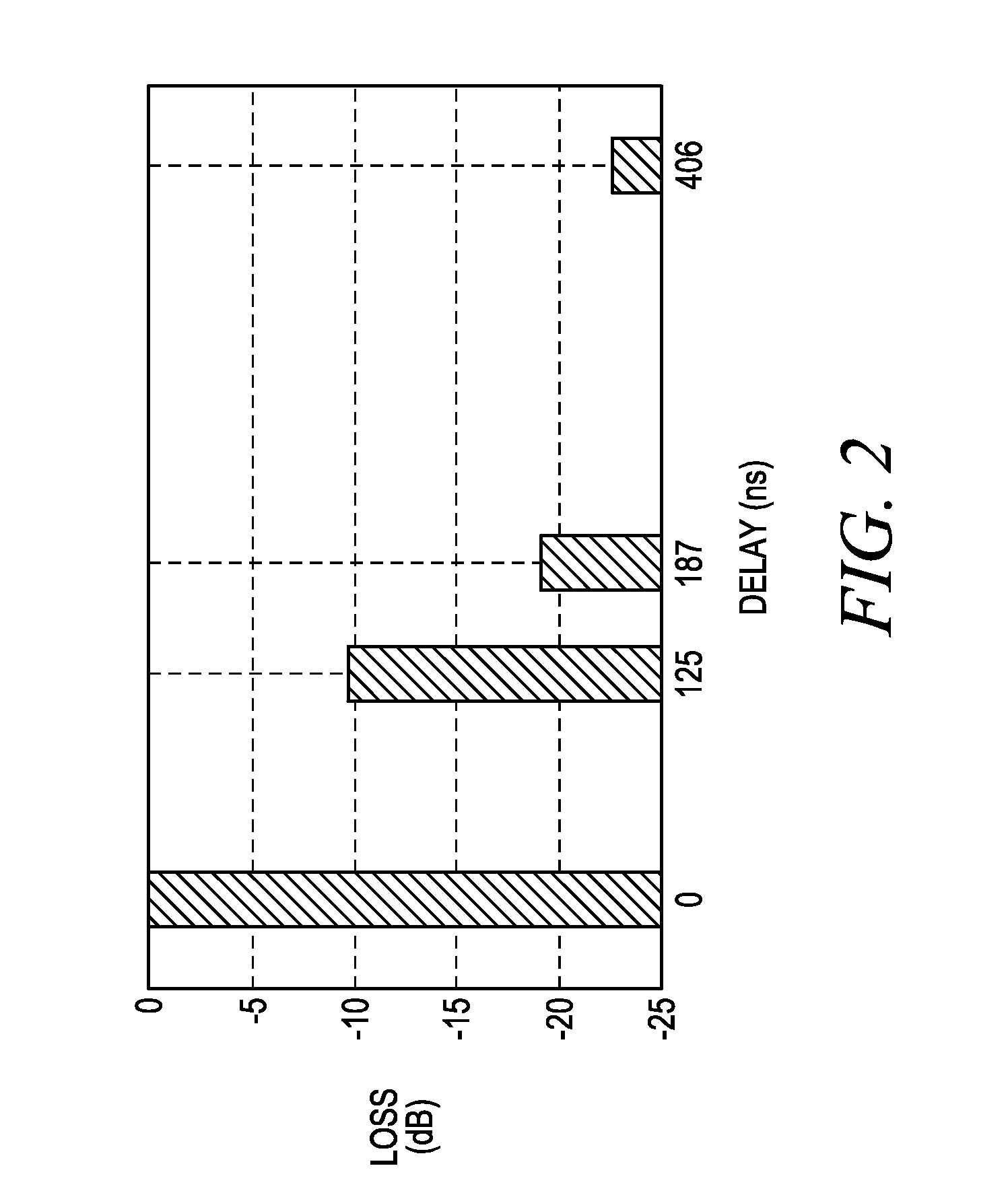Method for determining data rate and packet length in mobile wireless networks
a mobile wireless and data rate technology, applied in the field of wireless networks, can solve the problems of increasing the length of the packet length, the channel cannot sustain efficient communication using large packets, and the difficulty of maintaining a high system performance in these networks
- Summary
- Abstract
- Description
- Claims
- Application Information
AI Technical Summary
Problems solved by technology
Method used
Image
Examples
Embodiment Construction
[0018]A method is described herein to determine optimal data rate and packet length in mobile networks. Unlike the adaptive, trial based or other suboptimal algorithms, this method directly determines the optimal packet length (L) and data rate (D), which allows fast convergence in the mobile channel. The method automatically identifies and quantifies channel conditions, as well as adjusts parameters according to changes of channel conditions.
[0019]In the method provided herein, an abstract variable (Channel condition Index (CCI)) is abstracted from simulations and this variable is then used to describe and quantify the impact of three components of channel conditions: signal-to-noise ratio (SNR), multipath environment and velocity. Based on packet completion rate (PCR) status, the channel condition is identified in terms of CCI value. Once CCI is identified, the model of effective throughput G is directly optimized to locate the best packet length (L) and data rate (D). Although th...
PUM
 Login to View More
Login to View More Abstract
Description
Claims
Application Information
 Login to View More
Login to View More - R&D
- Intellectual Property
- Life Sciences
- Materials
- Tech Scout
- Unparalleled Data Quality
- Higher Quality Content
- 60% Fewer Hallucinations
Browse by: Latest US Patents, China's latest patents, Technical Efficacy Thesaurus, Application Domain, Technology Topic, Popular Technical Reports.
© 2025 PatSnap. All rights reserved.Legal|Privacy policy|Modern Slavery Act Transparency Statement|Sitemap|About US| Contact US: help@patsnap.com



